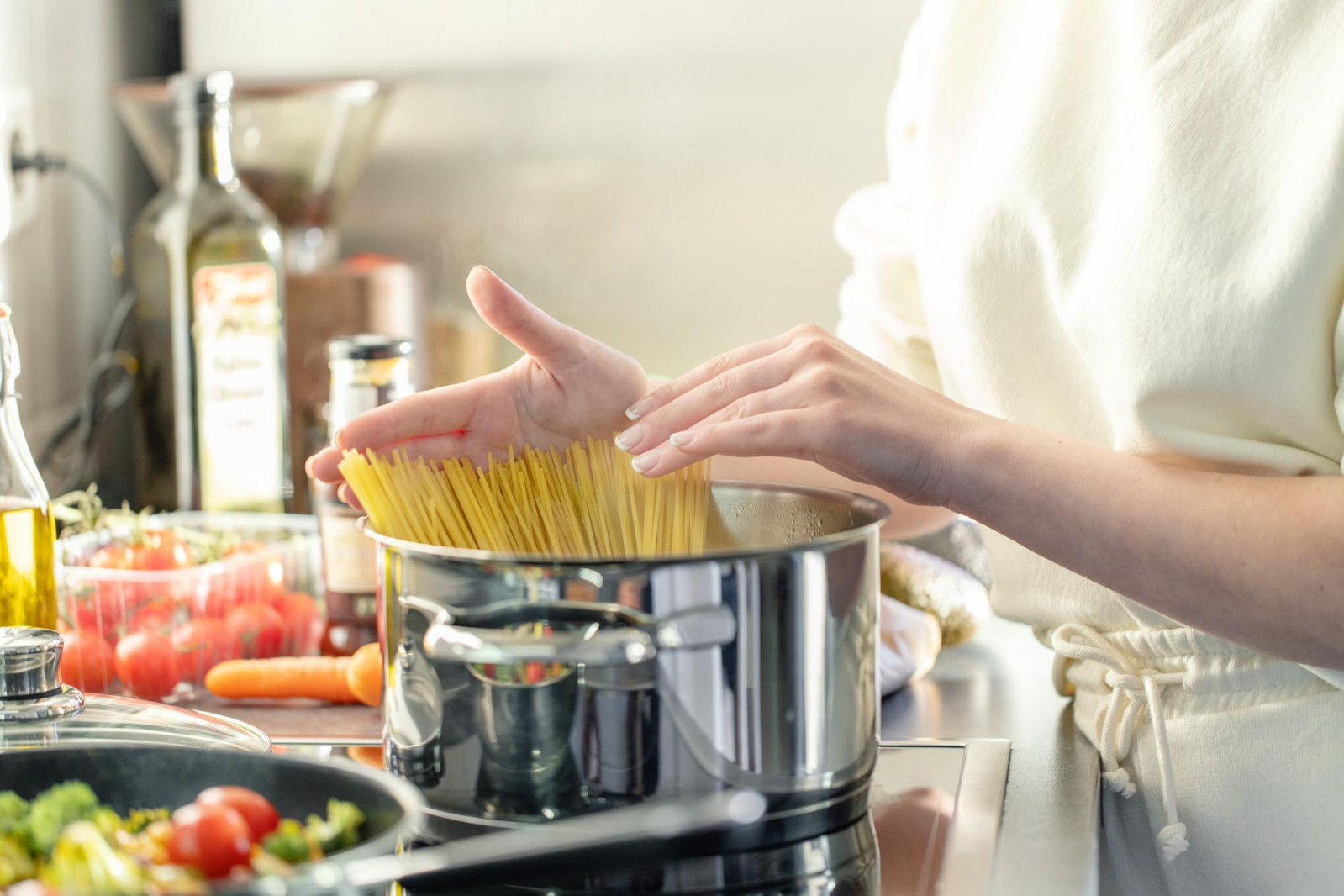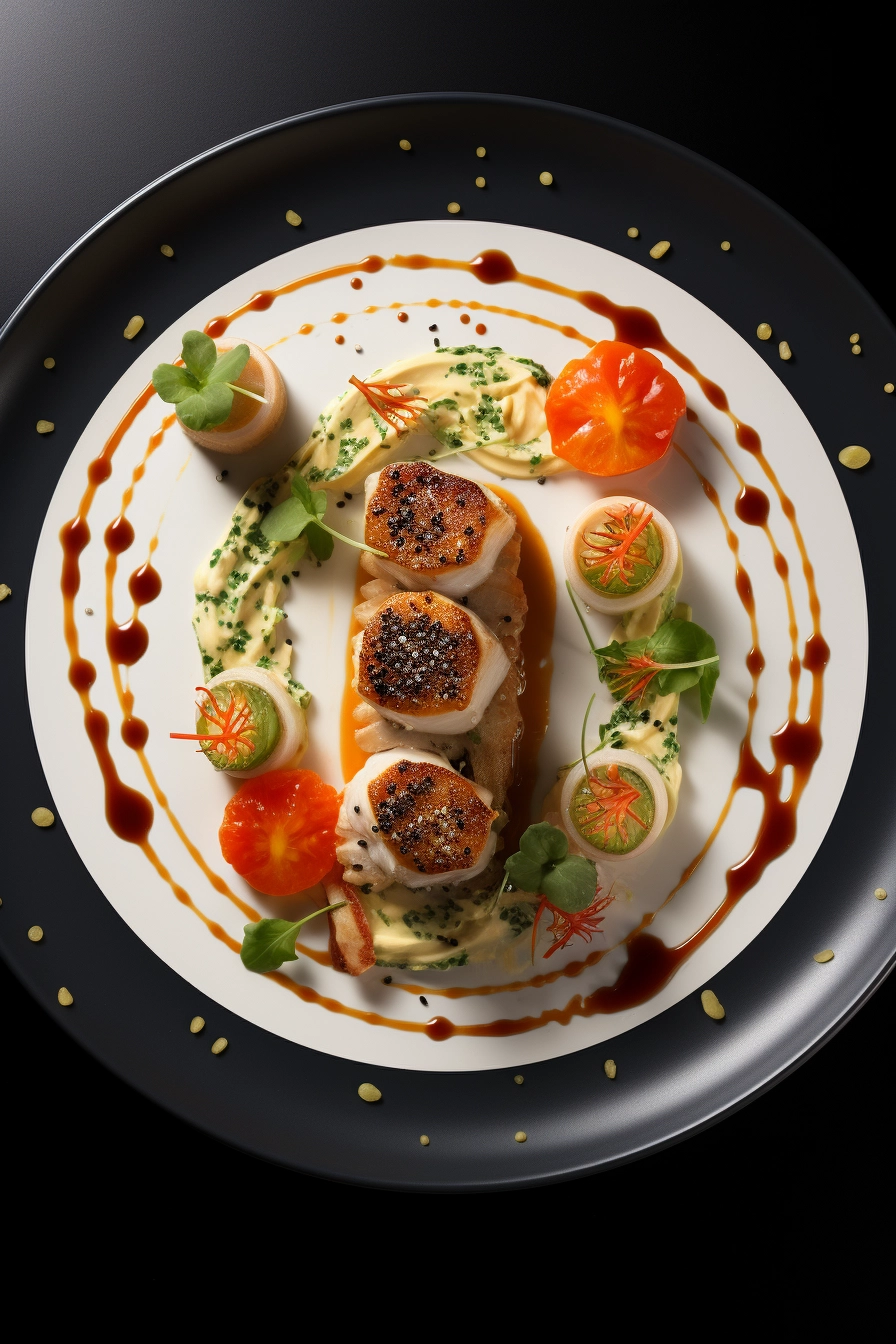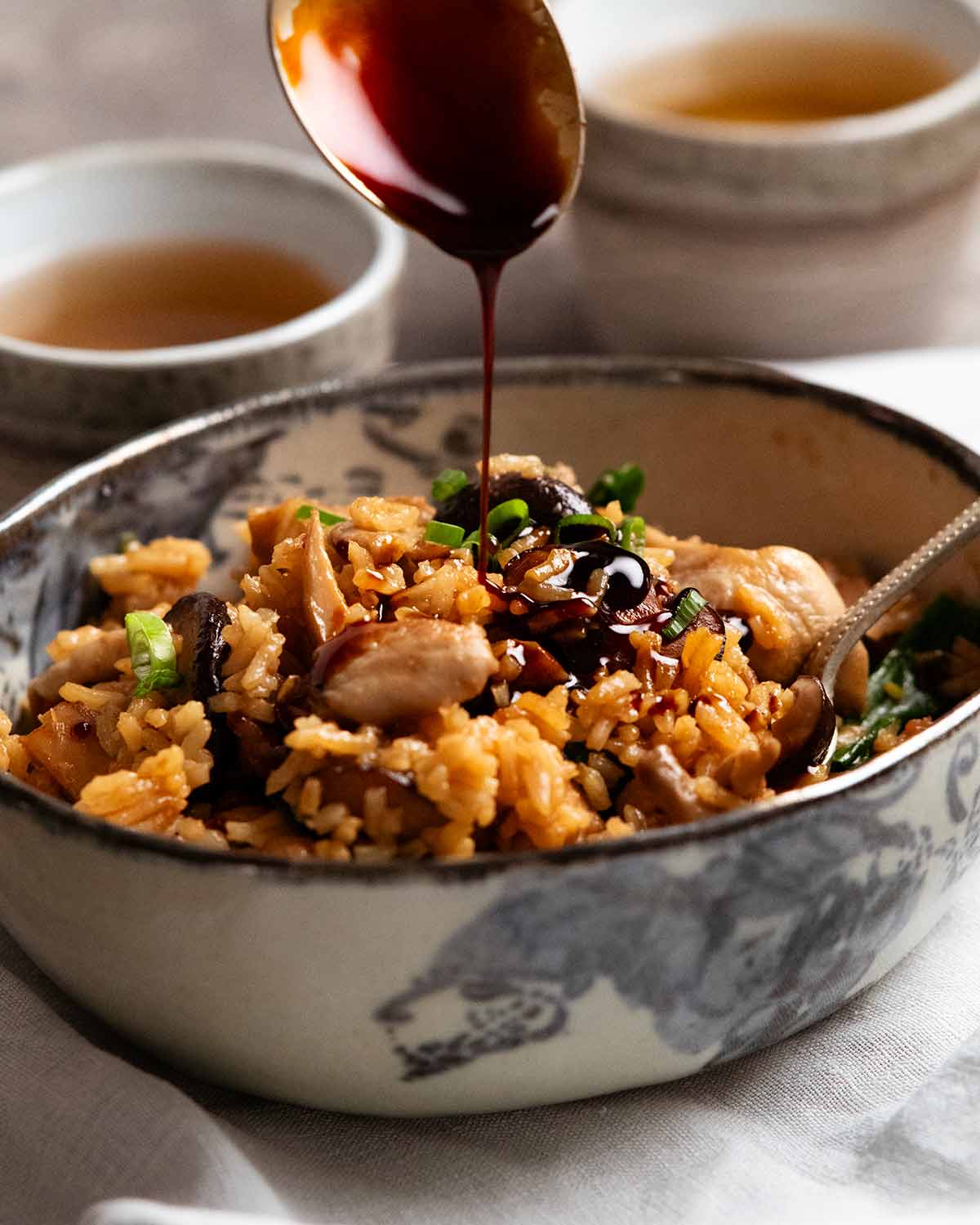The Science Behind Cooking: How Chemistry Influences the Flavor and Texture of Food

Unveiling Culinary Chemistry
Every meal tells a story, not just through flavors but through the intricate science that brings them to life. The secrets behind your favorite dishes lie in the chemistry of cooking, where flavor and texture are shaped by chemical reactions and interactions. By diving into this world, we can unravel why food tastes the way it does and how certain techniques can enhance our culinary creations. From the caramelization of sugar to the fermentation of dough, each chemical process contributes to a deeper appreciation of cooking.
Key Concepts to Explore
As we embark on this tasty journey, it’s essential to consider how various factors influence our meals:
- Maillard Reaction – This complex reaction between amino acids and reducing sugars gives browned foods their distinctive flavor. It is responsible for the rich, savory notes found in roasted meats, grilled vegetables, and baked breads. For instance, the delicious crust on a perfectly grilled steak results from this reaction, as high heat encourages the browning that can elevate a dish from ordinary to extraordinary.
- Emulsification – This process helps combine fat and water, which is crucial for dressings and sauces. A classic example of emulsification in action is mayonnaise, where egg yolk acts as an emulsifier, allowing oil and vinegar to blend into a creamy concoction. Understanding emulsification can help home cooks create smoother sauces and dressings, enhancing the flavor profile of their dishes.
- Fermentation – This ancient technique enhances flavors in foods like bread and cheese, thanks to the action of microorganisms. The fermentation process not only contributes to taste and aroma but also improves the nutritional value of foods. Sourdough bread, for example, owes its tangy flavor and chewy texture to the fermentation of natural yeasts and bacteria, showcasing how science can elevate simple ingredients.
Each of these processes plays a role in transforming simple ingredients into something extraordinary. Understanding these aspects not only enhances our cooking skills but also deepens our appreciation for the art of food, bridging the gap between culinary tradition and modern techniques.
Why It Matters
Exploring the science behind cooking can lead to better meal preparation, more enjoyable tasting experiences, and innovative recipe development. A grasp of the chemical reactions at play allows cooks to tweak recipes with confidence, knowing they can create unique flavors and textures by altering certain elements. For example, recognizing how temperature affects the Maillard reaction can empower a home chef to experiment with different cooking methods for optimal flavor extraction.
As we uncover the connections between chemistry and culinary practices, we equip ourselves with the knowledge to become more creative in the kitchen. This understanding can transform everyday cooking into an engaging exploration of flavor, texture, and technique, laying the foundation for delicious culinary adventures ahead.
DISCOVER MORE: Click here to dive into the world of ethnic cooking
Flavor Dynamics: The Role of Chemistry in Cooking
As we dive deeper into the science behind cooking, it becomes clear that the flavor and texture of food are profoundly influenced by various chemical reactions. Understanding these processes not only helps in creating delicious meals but also empowers chefs and home cooks alike to finesse their culinary skills. Let’s explore how different chemical reactions dictate the flavors and textures we experience in our favorite dishes.
The Maillard Reaction: A Flavor Fiesta
The Maillard reaction is often heralded as one of the most important chemical processes in cooking. This complex series of reactions occurs when heat causes amino acids and sugars to react, producing a rich spectrum of flavors and aromas. Interestingly, this reaction is not limited to just meat; it plays a significant role in the development of flavors in many foods. Some key aspects to consider include:
- Temperature: The Maillard reaction typically occurs at temperatures above 300°F (150°C). Understanding this can help you adjust cooking methods and temperatures to achieve that golden-brown crust on meats, vegetables, and baked goods.
- Time: The longer food is exposed to heat, the more pronounced the Maillard reaction becomes, which intensifies flavors. However, it’s a delicate balance; overcooking can lead to burnt flavors instead of the delightful depth created by proper browning.
- Food Composition: Different foods contain varying levels of amino acids and sugars. For instance, lean meats like chicken may take longer to develop those toasted notes compared to fattier cuts like ribeye, which contain more flavorful compounds.
By exploring these factors, cooks can manipulate the Maillard reaction to enhance their dishes significantly, transforming simple ingredients into culinary masterpieces.
Emulsification: The Art of Blending Flavors
Another fascinating area is the science of emulsification, the process that brings together incompatible liquids such as oil and water. Commonly found in sauces, dressings, and spreads, emulsification relies on emulsifiers—substances that stabilize mixtures. A prime example is the humble mayonnaise, where egg yolk plays the vital role of emulsifier, allowing oil and vinegar to unite in creamy harmony.
When preparing emulsified sauces, consider the following:
- Temperature: If components are too cold, emulsification may fail. Room temperature ingredients yield a more stable emulsion.
- Gradual Mixing: Incorporating oil slowly while whisking vigorously encourages proper mixing and stability, preventing separation.
- Using Stabilizers: Ingredients like mustard or honey not only add flavor but also help stabilize emulsions due to their emulsifying properties.
Mastering the art of emulsification enhances creativity in the kitchen, allowing for a symphony of flavors and textures in various dishes.
Fermentation: Flavor at Its Best
Lastly, the ancient process of fermentation plays a crucial role in the flavor and texture of many foods. This biochemical process involves microorganisms breaking down sugars into acids, gases, or alcohol, transforming simple ingredients into complex, flavorful products. Fermenting dough for bread or culturing milk for yogurt showcases how chemical reactions enhance the taste and nutritional value of food.
As home cooks experiment with fermentation, they can unlock myriad flavors and textures, enriching their culinary repertoire. By delving into the science behind these processes, we equip ourselves with the knowledge to create exceptional dishes that satisfy both the palate and the mind.
| Flavor Development | Chemistry Behind Cooking |
|---|---|
| Maillard Reaction | This reaction between amino acids and reducing sugars creates complex flavors and brown color, enriching the taste and aesthetic of cooked food. |
| Acidity vs. Sweetness | Understanding the balance of acidity and sweetness is crucial in flavor composition, enhancing overall taste through chemical interactions. |
| Texture Enhancement | Cooking Techniques |
|---|---|
| Emulsification | Using emulsifiers to integrate oil and water can create smooth textures and enhance mouthfeel, a key element in fine dining. |
| Gelatinization of Starch | The process of heating starch in water alters its structure, resulting in thickening and a pleasing texture, essential for sauces and gravies. |
DIVE DEEPER: Click here to discover the transformative power of creativity
Textural Transformations: The Chemistry of Cooking Techniques
The texture of food plays an equally vital role in our culinary experiences, and it is profoundly shaped by various chemical processes that occur during cooking. Understanding these processes not only elevates the dining experience but also allows cooks to manipulate ingredients to achieve desired textures effectively. Let us examine how different cooking techniques rely on chemical reactions to create the textures we cherish.
Gelatinization: The Structure of Starches
One of the most pivotal textural transformations occurs through gelatinization, a process essential in the cooking of starches, particularly in grains and vegetables. This phenomenon happens when starch granules absorb water and swell upon heating, leading to a thickening effect. A prime example is the creamy consistency achieved in sauces or puddings.
To better harness gelatinization in cooking, consider these crucial factors:
- Temperature Control: Gelatinization begins around 140°F (60°C) and peaks at about 190°F (88°C). Maintaining the right temperature ensures that starches swell properly and achieve the desired texture without breaking down.
- Water Ratio: The amount of liquid used is vital; too much water can result in a runny texture, while too little can create clumps. Proper measurement is essential for achieving smooth sauces or gravies.
- Cooking Duration: Allowing sufficient time for starches to gelatinize can transform a dish from bland to luxurious, providing body and a luscious mouthfeel.
By mastering gelatinization, cooks can create remarkable textures in both sweet and savory dishes, elevating the overall enjoyment of food.
Caramelization: Sweet Complexity
Caramelization is another fascinating chemical reaction that contributes significantly to the texture and flavor of various foods. This process involves the thermal decomposition of sugars, which occurs at higher temperatures (typically above 320°F or 160°C), resulting in the creation of complex flavors and a pleasing texture.
To effectively utilize caramelization in cooking, keep in mind the following:
- Choice of Sugars: Different sugars caramelize at different rates. For instance, granulated sugar will caramelize faster than brown sugar since the latter contains additional moisture and impurities.
- Humidity Factors: High humidity can inhibit caramelization. Understanding the environment in which you are cooking can help determine the best methods for achieving that sought-after golden-brown sweetness.
- Stirring vs. Leaving Alone: Some chefs prefer to leave sugar undisturbed during the caramelization process, allowing for even melting and color development, while others may incorporate whisking to speed up the process, though this can lead to crystallization if not carefully managed.
Effectively implementing caramelization can introduce rich flavors and textures in desserts, sauces, and even savory dishes, contributing to the overall dining experience.
Proteins and Denaturation: Textures in Meats and Eggs
The transformation of proteins through denaturation is another key aspect of food texture. This process involves the unfolding of protein molecules when exposed to heat or acid, leading to a change in the food’s structure. This reaction is essential in cooking meats and eggs, as it alters their mouthfeel, tenderness, and overall taste.
To optimize the effects of protein denaturation, consider:
- Cooking Methods: Grilling, poaching, or even marinating with acidic ingredients can all promote denaturation. Choosing the right method not only impacts flavor but also affects how tender the final product will be.
- Resting Time: Allowing meat to rest after cooking can help redistributes juices, contributing to a more tender mouthfeel and preventing dryness.
- Whisking Eggs: In dishes like meringue, understanding how to properly denature egg proteins through whisking and heat is crucial for airy, voluminous creations.
With knowledge of protein denaturation, cooks can unlock a whole new realm of texture in proteins, leading to enticing dishes and expert culinary creations.
DISCOVER MORE: Click here to dive into the world of nature photography
Conclusion: The Nexus of Chemistry and Culinary Excellence
The intricate dance of chemistry in the kitchen is a wonder that extends well beyond the taste buds. From gelatinization, where starches transform into creamy comfort foods, to the caramelization of sugars that creates complex flavors, every cooking technique hinges on a scientific foundation. Understanding these chemical reactions allows chefs—both professional and amateur—to elevate their culinary creations, achieving textures and flavors that enhance the dining experience.
Similarly, the denaturation of proteins during the cooking process reshapes our favorite meats and eggs, unlocking tenderness and transforming their bite. This knowledge is not just academic; it arms cooks with the tools to replicate the magic of their favorite dishes consistently. By appreciating the scientific principles at play, individuals can experiment more boldly, making informed adjustments while cooking.
As you delve into the art of cooking, consider how these chemical interactions can redefine your approach to food. Whether it’s mastering the temperature for a perfect sauce or understanding how moisture affects caramelization, the world of culinary chemistry invites continuous exploration. Every meal prepared with an awareness of these principles has the potential to surprise and delight. So, let’s embrace the science of cooking and allow it to shape our culinary adventures, marrying flavor and texture in ways that tantalize the palate and satisfy the soul.


